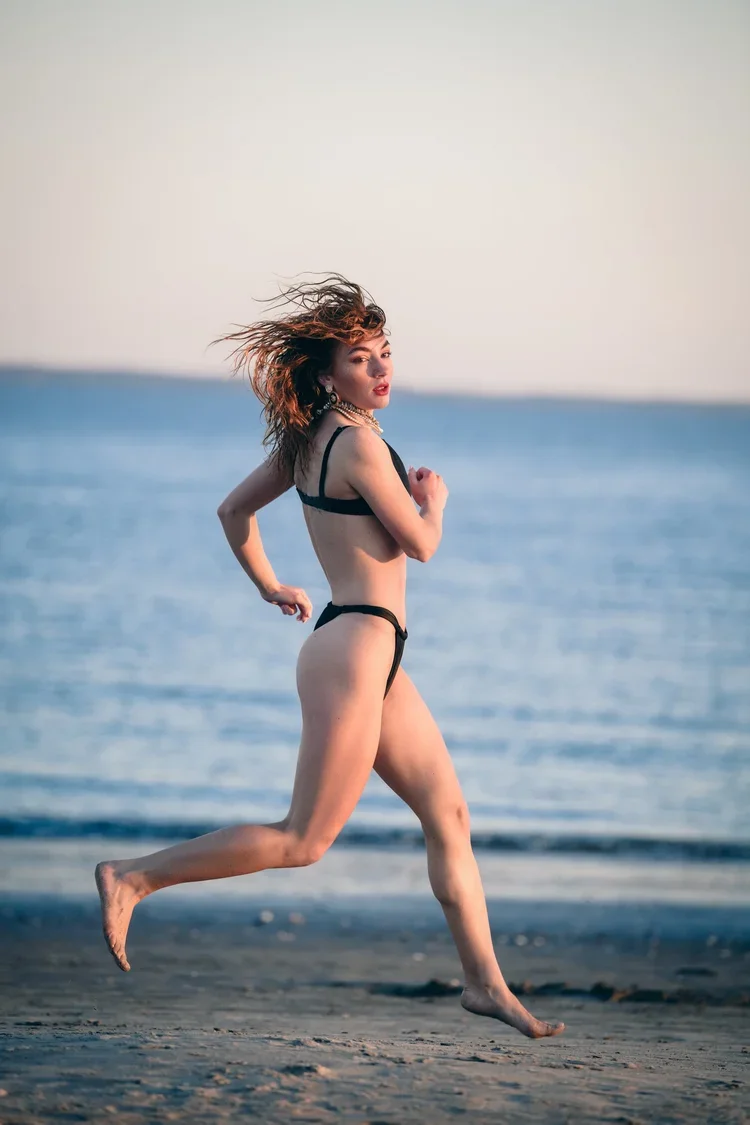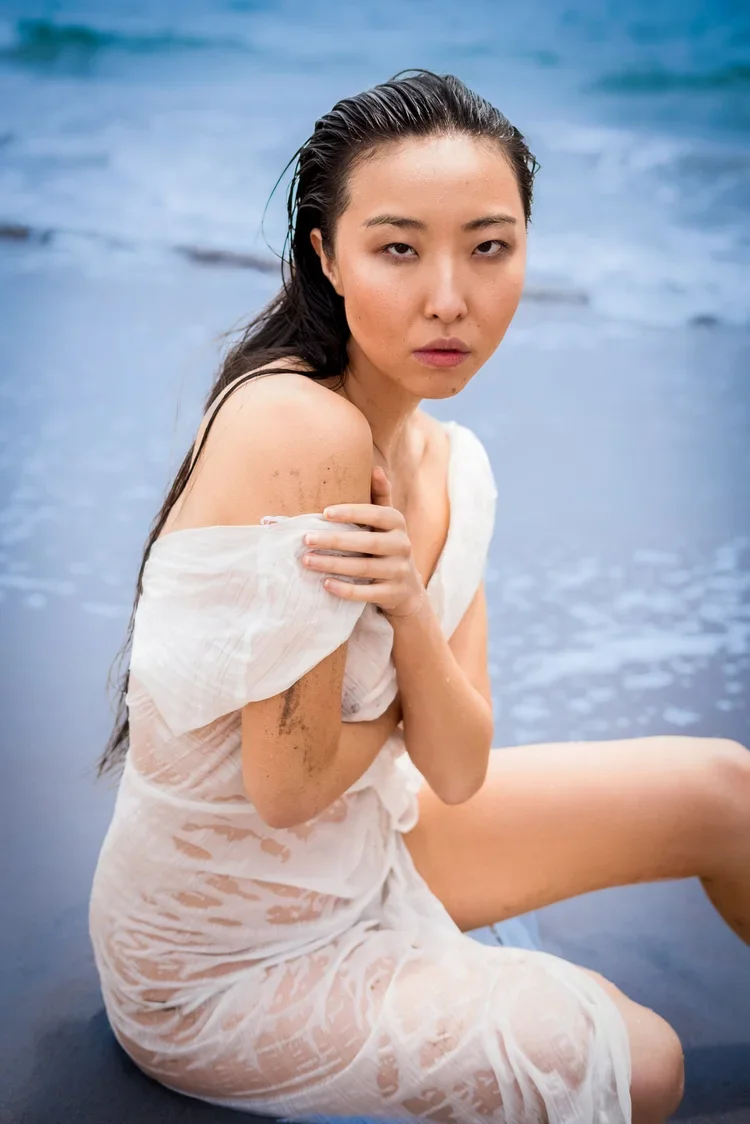How to Create Cinematic Fashion Editorials in NYC: A Photographer’s Guide to Visual Storytelling
In a city where every street corner could be a movie set, fashion photography in New York isn’t just about clothes, it’s about storytelling through lens and light. If you're a model, designer, stylist, or brand looking to make your editorial stand out in a saturated market, cinematic fashion editorials are your golden ticket. This guide walks you through the key elements of creating magazine-worthy visuals in NYC, from location scouting to lighting and post-production magic.
Whether you're inspired by the raw energy of Brooklyn or the timeless charm of Manhattan’s cobblestones, crafting cinematic editorial work in New York requires a creative eye, technical finesse, and local expertise.
Why Cinematic Fashion Editorials Matter in NYC
In a fashion capital like New York, standard editorials aren’t enough. You need visual storytelling that evokes mood, emotion, and narrative. Cinematic fashion editorials elevate your portfolio and help you stand out in a highly competitive market, whether you're aiming for Vogue Italia or a cutting-edge indie zine.
These editorials don’t just showcase fashion, they transport the viewer into a story, capturing moments that feel like stills from a film.
Start with a Strong Creative Direction
Every successful editorial begins with a concept. Whether it's “urban fairytale,” “retro noir,” or “futuristic grit,” your concept drives location, lighting, wardrobe, and even how your models move in front of the camera.
Draw inspiration from films, art, and architecture.
Create mood boards on Pinterest or Milanote.
Align your vision with the designer or brand’s narrative.
2. Scout Iconic NYC Locations
New York offers a cinematic backdrop like no other. But to truly stand out, go beyond Times Square and Central Park.
Top NYC locations for cinematic fashion shoots:
DUMBO, Brooklyn: cobblestone streets, skyline views.
The High Line: elevated urban greenspace with dynamic architecture.
Chinatown alleys: moody, textural, and filled with story.
South Street Seaport: vintage charm with a maritime edge.
3. Use Natural and Practical Lighting for Mood
Cinematic visuals rely on lighting that feels authentic yet dramatic. New York’s natural light changes dramatically throughout the day, learn how to use that to your advantage.
Lighting techniques to consider:
Golden hour for warm, romantic tones.
Reflectors and bounce boards to shape shadows.
Practical lighting like neon signs, subway lights, or vintage lamps.
When needed, mix in portable LED panels or strobes to sculpt light without losing the natural feel.
4. Collaborate with a Talented NYC Creative Team
A cinematic editorial is never a solo effort. Collaborate with stylists, makeup artists, models, and set designers who share your creative vision.
Build your dream team:
Look for artists with experience in editorial and fashion-forward aesthetics.
Communicate your mood board and references clearly.
Encourage on-set creativity—it’s often the spontaneous moments that shine.
5. Edit with Intention
Your editorial doesn’t end when you put down the camera—it continues in post-production. Editing is where you fine-tune the mood, tones, and cinematic style.
Post-production techniques for cinematic effect:
Color grading that mimics film (try teal-orange tones or vintage hues).
Skin retouching that preserves texture and realism.
Film grain or lens blur for depth and nostalgia.
Book Your NYC Photoshoot Today!
If you're ready to elevate your brand through strategic, high-end fashion photography, we’d love to collaborate. We offers custom packages for NYC-based and international fashion brands, combining creative direction, production, and post-processing all under one roof. Contact me today to book your session or discuss your team’s visual branding goals. Let’s create imagery that reflects the true value of your brand.






